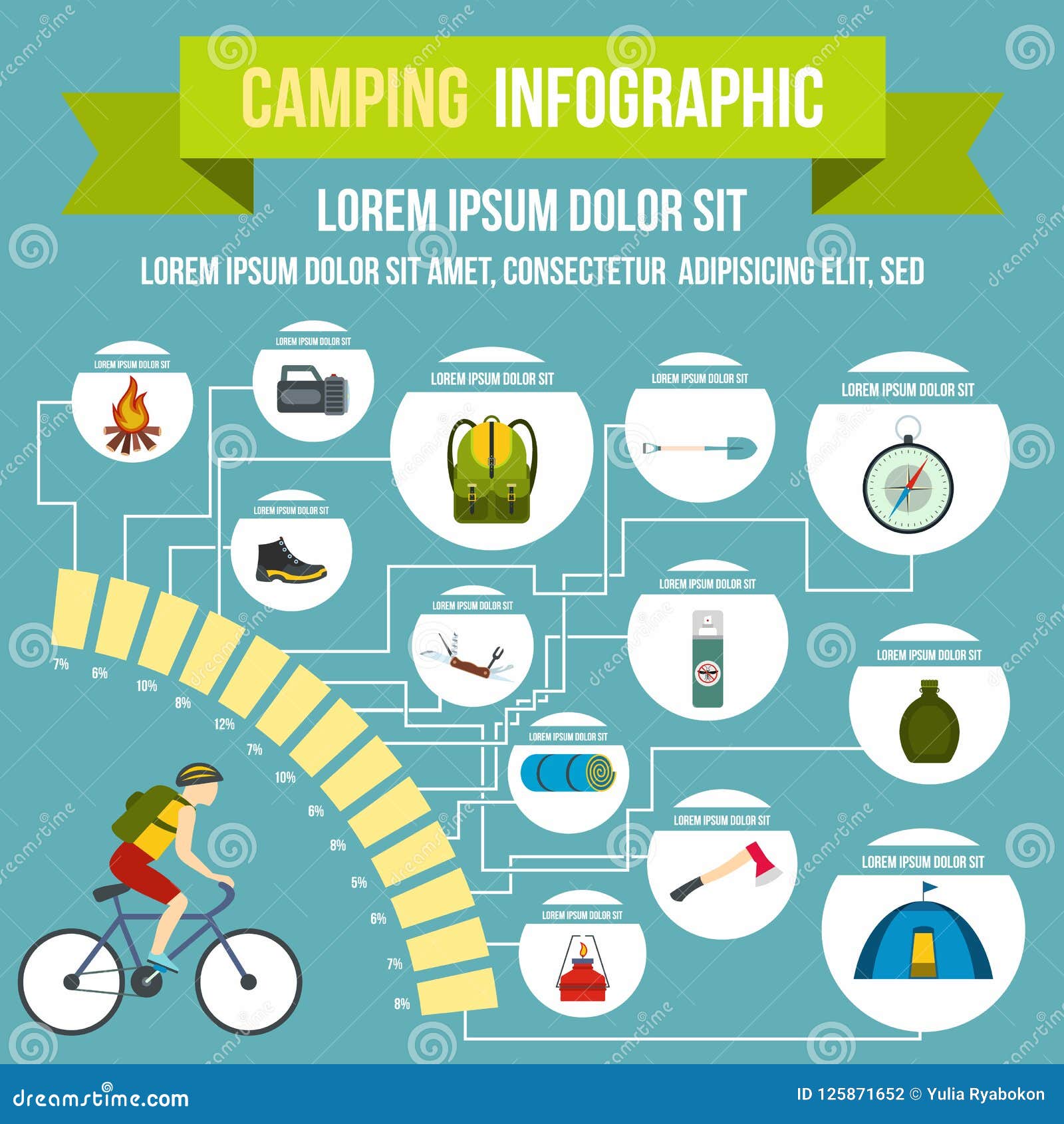Whether you need a tent footprint depends upon where and exactly how typically you will be camping. The footprints offered by the manufacturer of your tent are usually a good selection yet they can be expensive and hefty (the NEMO Hornet Dragonfly 2P impact evaluates 6.9 oz).
How do you survive a tent in the winter?
You can also make your own DIY camping tent footprint from inexpensive, hard wearing material such as a tarpaulin groundsheet. Nevertheless, a do it yourself footprint may not be optimal for maintaining your camping tent tidy of mud or tree sap.
Dimension
A camping tent footprint is basically a sheet that goes under your tent. It safeguards the ground underneath your outdoor tents from unpleasant things, and it maintains all-time low of your camping tent clean and dry. It also reduces the quantity of warmth shed to the ground while you rest, and it can assist safeguard your tent from moisture.
The most effective camping tent footprints are sized exactly to match the flooring space of your outdoor tents. They are usually constructed from a durable, water-proof product like polyurethane or nylon. Nguyen suggests selecting a footprint with a denier ranking of 250 or greater for maximum toughness.
Numerous exterior equipment companies market their very own branded tent impacts that are created to fit effortlessly with the corresponding outdoor tents. Nevertheless, these can be rather expensive and add to the general weight of your backpacking configuration. For these reasons, we generally advise utilizing a DIY alternative instead.
Material
An outdoor tents impact keeps the floor of your sanctuary clean, especially if you are camping in locations with a lot of rain. It can additionally help prevent water from merging up beneath your tent which can leakage into the camping tent itself.
The material made use of in a camping tent footprint differs, however the most typical tent stoves is an easy-to-clean and durable polyurethane or polyester textile. Some included a sack to separate them from your equipment when not in use.
Some backpackers choose to make their very own DIY impacts out of Tyvek home cover or Polycryo window insulation reduce film. This is often a less costly and lighter choice than buying a manufacturer details one. It is very important to note, nevertheless, that a DIY footprint will certainly not secure against leaks or abrasions as well as a high quality tent floor covering. If you are using a homemade impact, be sure to roll up the sides so it doesn't accumulate water. If you're stressed over this, consider updating to an extra heavy duty alternative like the ones made by producers.
Waterproofness
A tent impact adds an additional layer of waterproofing beneath your outdoor tents, which safeguards versus puddles that might build up below your shelter. This can make your outdoor camping experience a lot more comfy, particularly on damp ground, where you might or else awaken cranky and damp from water dripping into your camping tent.
Outdoor tents footprints are typically made specifically for the outdoor tents model they're intended to come with, which ensures a great fit and a strong water resistant seal. Nonetheless, they're likewise offered as generic products that can be reduced to size with scissors or a knife.
Impacts made from high-denier fabrics like Tyvek and Polycryo are generally extra expensive than those made from a reduced denier textile, such as nylon. Whether the higher cost deserves the extra waterproofing is up to you.
Weight
An outdoor tents footprint is a slim sheet of polyurethane, nylon or polyester that rests between your shelter and the ground when camping. It's made to shield your tent from rough components like rugged rocks, branches and gritty surfaces, clarifies Elizabeth Nguyen, a senior sales expert at REI in Atlanta.
Nguyen claims most outdoor equipment suppliers offer their own top quality camping tent impacts that are developed to fit effortlessly with their marked tents, adding comfort and ease. But these top quality footprints have a tendency to be thicker and much heavier than do it yourself options that are offered on the marketplace, so they're worth a closer look when looking around.
If you're on a spending plan or are focusing on weight, it's very easy to make your very own tent footprint using easy materials that can be discovered at most hardware or do it yourself shops. This choice is preferred among ultralight backpackers and long-distance hikers to save cash and conserve weight where feasible. It's also worth noting that a lot of outdoors tents are now developed with a sewn-in groundsheet, so a camping tent impact might be unnecessary in these cases.
Where do you put a tent on a backpack?
